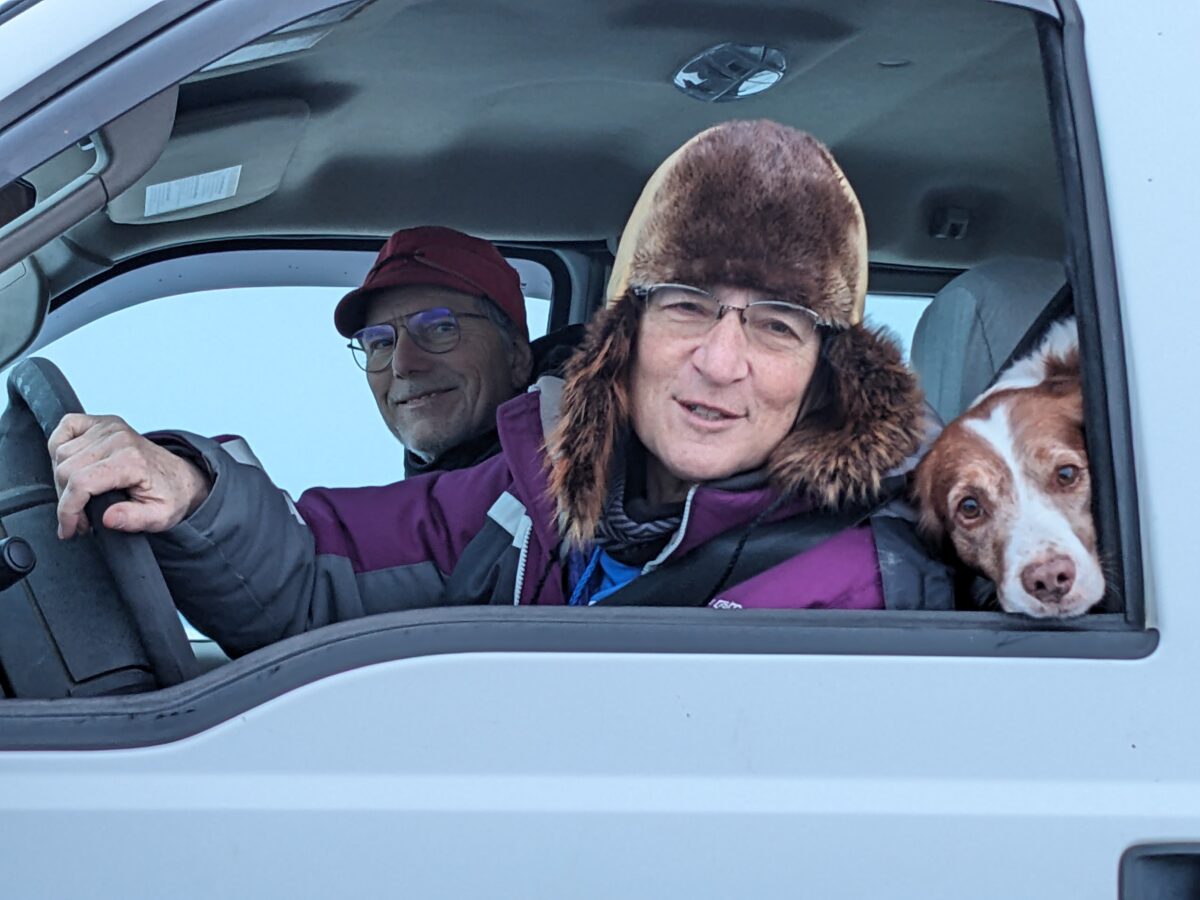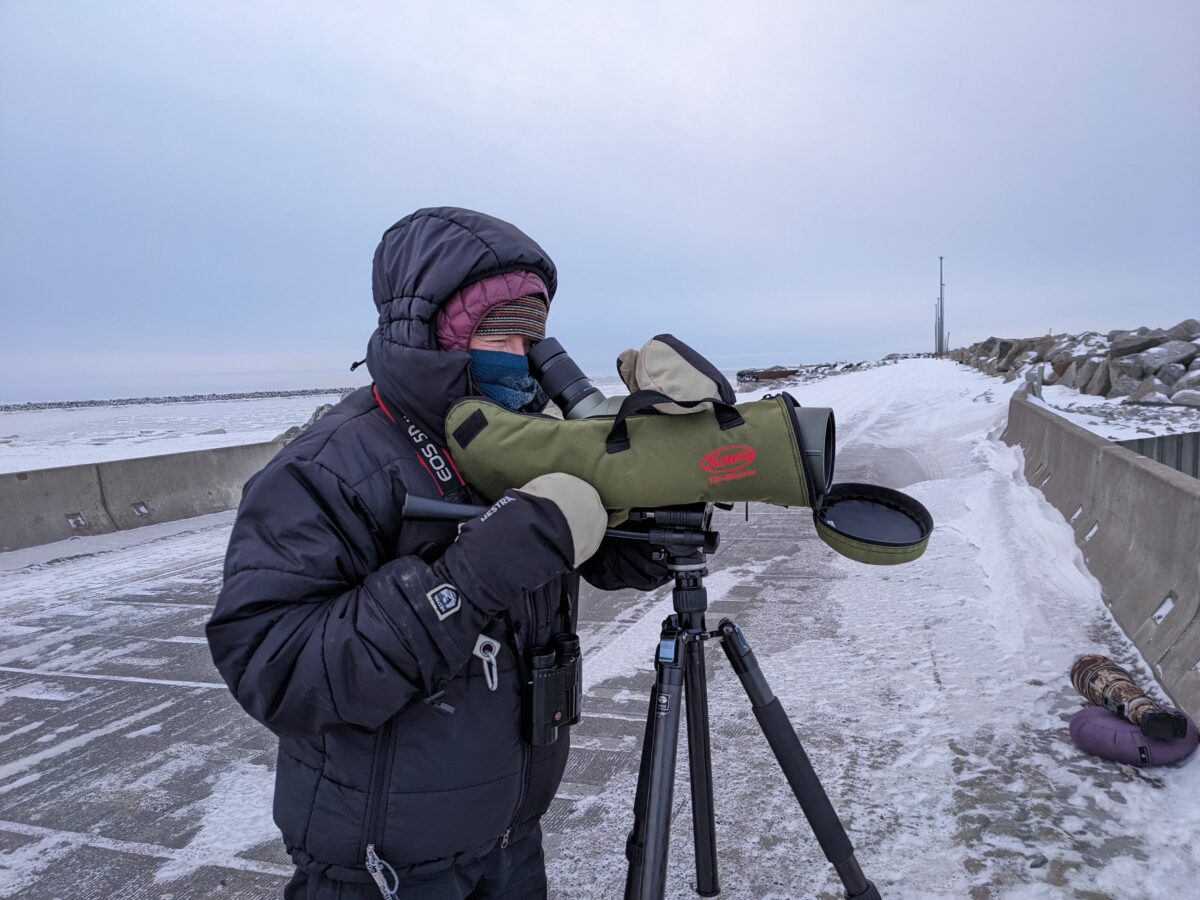On a chilly December day, Kate Persons, the volunteer coordinator for Nome’s Christmas Bird Count and a retired Alaska Department of Fish and Game wildlife biologist, led a group of volunteers on a day of bird observation. The day held numerous surprises for the dedicated birdwatchers. Among the notable discoveries was a record-breaking number of common eiders, stealing the spotlight with an impressive count of 186 individuals. This sizable flock surpassed the ravens, which had previously held the title of the most abundant bird in the Nome count in past years. The diversity and abundance of bird species provided a thrilling and unexpected twist to the annual Christmas Bird Count in Nome.
The day prior to the count brought about a significant shift as a robust north wind cleared the shore ice, creating open waters that became a feast for sea birds, seals, and belugas indulging in the abundance of saffron cod. Kate Persons, the volunteer coordinator, expressed her excitement at discovering large flocks of distant common eiders off West Beach.
Observers diligently combed the landscape, searching along the road system both by vehicles and on foot. Additionally, skiers, walkers, and even a musher with a dog team ventured away from the roads. The collective efforts resulted in a tally of nine different species on the count day, with a remarkable total of 439 individual birds recorded. The day’s observations provided a rich and diverse snapshot of Nome’s avian population.

Most of the expected species were found this year with the exception of black-capped chickadees that usually spill over from the spruce forests into shrub habitats in winter. This winter they have been notably absent.
Nome’s first Christmas Bird Count was in 1975. For decades, relatively few hardy and predictable species that regularly winter in tundra and taiga regions of the far north were found: willow and rock ptarmigan, gyrfalcons, ravens, American dippers, snow and McKay’s buntings, sometimes snowy owls, northern shrikes, black-capped chickadees, downy woodpeckers and redpolls. Occasionally seabirds were seen, but only when observers ventured out to leads in the sea ice.

The presence of open water along the coast in mid-December has become increasingly common since 2015, almost reaching the point of being the norm. This recent development allowed observers in Nome to witness seabirds during mid-December, a phenomenon not regularly observed in previous years.These bird species typically winter along the ice edge in the Bering Sea, making their presence in the region during winter not uncommon.
The Christmas Bird Count, which originated 124 years ago, has evolved into the world’s longest-running and largest-scale wildlife census.
Observers in Nome actively contribute to this nationwide volunteer effort, participating in the census of birds across the United States and Canada. The data collected from such efforts provide valuable insights into the patterns and dynamics of bird populations, contributing to a broader understanding of avian ecology.

Image at top: Common eiders pictured off of Nome’s West Beach during the Christmas Bird Count. Photo courtesy of Kate Persons, used with permission.
Second image from top: Volunteers deliver fresh baked cookies during the annual Christmas Bird Count. Photo courtesy of Jim Dory, used with permission.
Third image from top: Kate Persons uses a spotting scope. Photo courtesy of Kate Persons, used with permission.
Image at the bottom: A long tailed duck swims through the slushy water. Photo courtesy of Kate Persons, used with permission.





